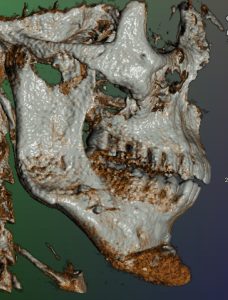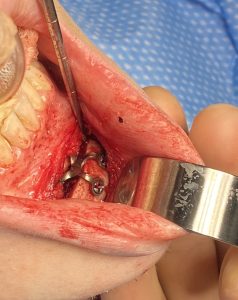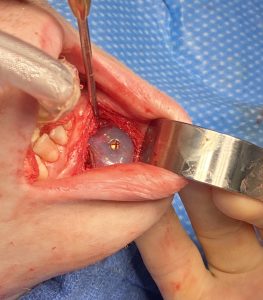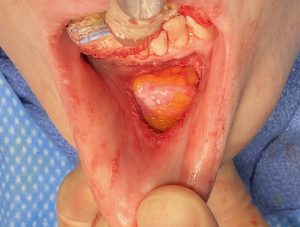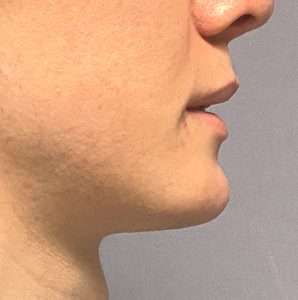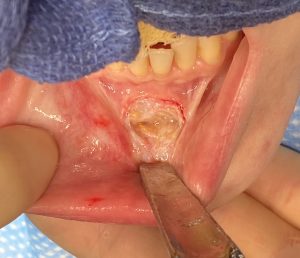Background: An inadequate chin augmentation result can occur from a variety of factors. But chin implant removal in the treatment of an unsatisfactory chin augmentation result induces a whole new set of potential chin problems that now involve more than just a bony projection deficiency. The onset of undesired soft tissue changes (chin pad sagging, tightness and lower lip incompetence) creates a whole new set of problems that can become more challenging to treat than what motivated the patient to have the surgery initially.
When replacing chin implant with a sliding genioplasty the exchange should be reasonably similar in the amount of horizontal projection. If not some amount of chin pad ptosis will occur as the soft tissues have been expanded in front of the bone from the implant.The expanded soft tissues that aren’t picked up by the bone advancement risk contracting and creating vestibule and lower lip tightness. That type of chin effect its often associated with some degree of lower lip incompetence as well.
When performing a secondary chin augmentation with a sliding genioplasty let the bone make the needed horizontal, vertical or combined dimensional changes. Filling in the step off of the sliding genioplasty, if significant can bone done with an implant if a wider chin shape is desired. But the tissue tightness induced by the prior surgeries indicates a soft tissue deficiency for which a soft tissue graft (dermal-fat graft) is always the chest choice. The interesting and very relevant question is will a dermal-fat graft survive sitting on top of a chin implant?

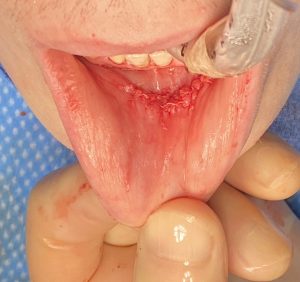
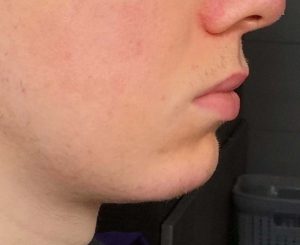
He had substantial improvement and when seen six months later he desired a small reduction in the projection of his chin and any further improvement possible in lifting his chin pad up. (which already had good improvement)
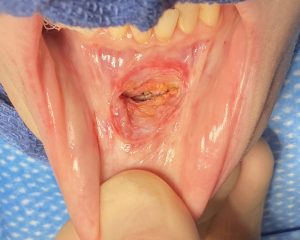
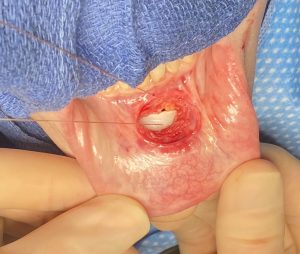
Getting complete correction in chin pad sagging (ptosis) is a challenge and is rarely achieved. Very good corrections can occur and some are almost complete. One of the keys to good corrections is having a ledge for the uplifted soft tissue pad to hang unto (in this case a combined bone-implant ledge) and a secure method to fix the chin pad onto this ledge. In this case a unique suture method through the implant was used due to its primary silicone composition with the added benefit of an ePTFE coating to further encourage soft tissue adherence.
Key Points:
1) A dermal-fat graft placed over a previous implant from a triple genioplasty showed good survival over an implant.
2) Tertiary chin pad re-suspension can be done with horizontal mattress sutures placed through the implant.
3) The threaded implant with ePTFE material provides a good surface for tissue ingrowth and soft tissue pad adherence.
Dr. Barry Eppley
World-Renowned Plastic Surgeon



